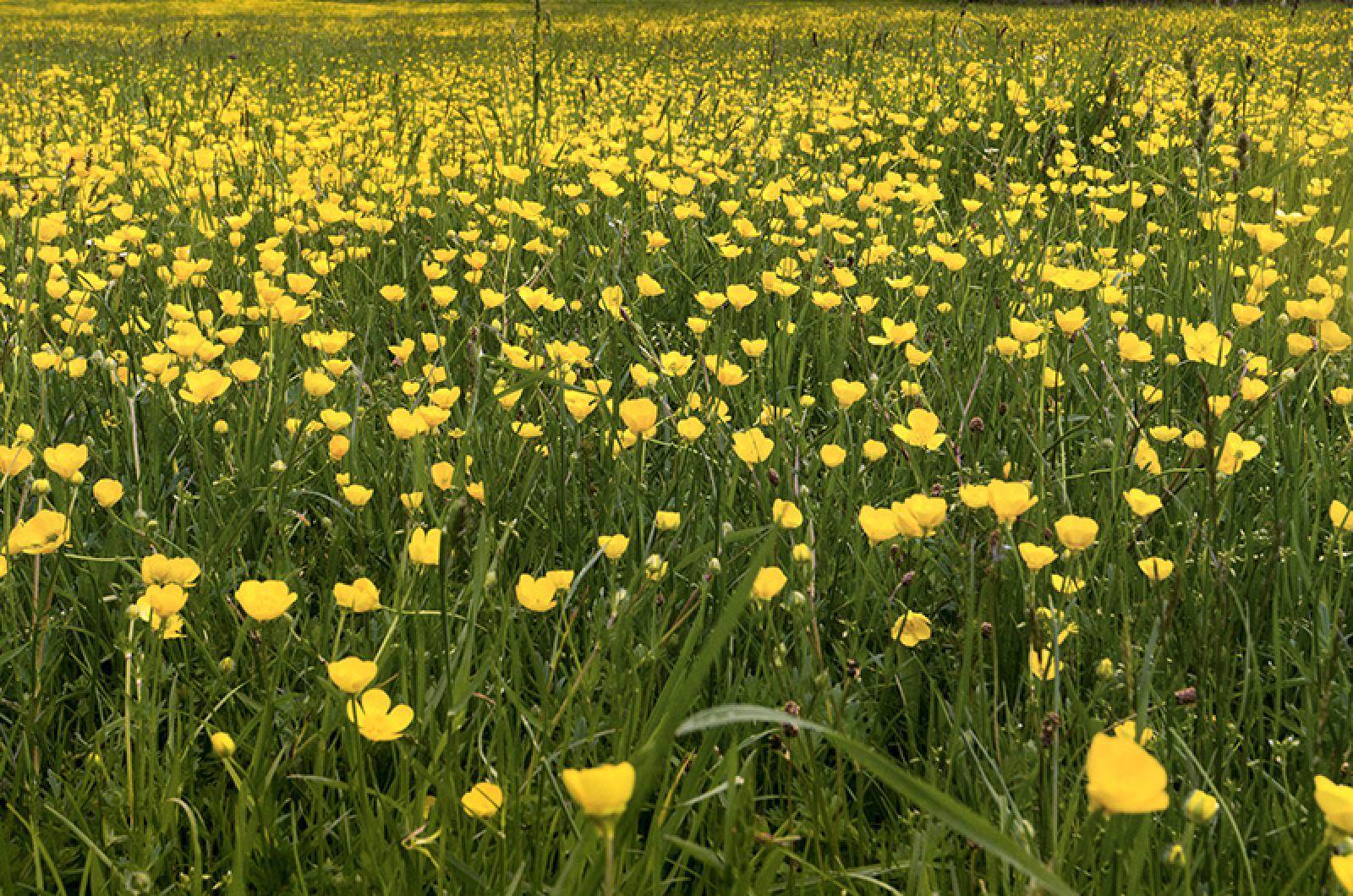It was May 4, 1970 when the unthinkable happened. It’s preserved as a single searing image: a photograph of a young woman, semi-kneeling before a man lying face down on the pavement. The woman’s arms are extended, imploring, distraught, frozen in time forever. The onlookers seem oddly calm and distracted, immobile. The contrasting themes of the photograph are still vivid nearly 50 years later.
Kent State. Just hearing those two words conjures the image every time. I just learned that the woman in the image indelibly etched in my memory was a 14-year-old runaway who had joined the campus demonstration against the U.S. bombing in Cambodia. I suspect that the moment the photographer pressed the shutter it coincided exactly with the end of her childhood.
Most young people today can’t accurately tell you what if anything happened at Kent State the day the Ohio National Guard fired 67 rounds of live ammunition into a crowd of unarmed campus protesters. Nearly half the regiment of guardsmen armed with M-1 rifles and fixed bayonets fired into the crowd. Two of the four people killed were students hundreds of yards away from the mayhem walking to class. It used to trouble me that so few college age students today have any knowledge of what happened that day. The student protesters at Kent State that day were derided as un-American by Gov. James Rhodes. Dissidents and revolutionaries and 58 per cent of Americans polled at the time felt that the students were responsible. Even stranger, 31 per cent of people polled had no opinion at all.
The horror of what happened that day at Kent State has been eclipsed many times over in the decades since. The words “shooting” and “school” didn’t used to appear in the same sentence, but sadly it has become commonplace, even ordinary. The same story, the same news flash, another school shooting . . . the eventual body count and then we move on. We have become inured to it and feel helpless. The pure absurdity of young people being murdered while attending school is so bizarre that we can’t react properly. We can’t express our outrage and instead we are subjected to solutions as incomprehensible as arming teachers, encouraging students to learn CPR and similar blather. More words are spent on the rights of the gun owners than on the rights of the murdered. And the politicians seem able to remain oddly detached from the whole thing.
Even a call to begin discussing sensible measures to stem the flow of innocent blood from the veins of mere children gets stonewalled and stopped in its tracks. Thoughts and prayers are the standard offering instead. The pattern is curiously drawn entirely along party lines. An overwhelming number of Republican elected officials simply refuse to engage in any discussion at all that might lead to restricting the rights of unfit individuals no matter what sort of carnage keeps occurring. But it is no surprise when you follow the money, the lifeblood of today’s politics, since these people are paid factotums of the NRA and are even rated for their compliance.
I was 18 when the law was changed that allowed me to vote. I was already carrying a draft card in my wallet. The war in Vietnam raged. It is incomprehensible to me that young people today largely don’t exercise their right to vote. Until now. In the wake of the shooting in Parkland, Fla., events of recent weeks have signaled that the issue of school shootings has galvanized America’s youth and they will never be the same. They’ve cottoned on to the fact that no one is going to do it for them. They are just discovering their voice and turning the grief, the fear and the pure outrage that they feel into a force for change. We should all feel those same feelings, raw and undiluted. Our conscious dictates it. We should all be calling for change so that one day the words school and shooting won’t ever need to appear side by side. These young people’s voices will be heard, and their votes will be counted.
Separating mentally unstable individuals from military-style weapons designed for one purpose only will ultimately be achieved and the argument that those protected rights are being violated will be relegated to the trash bin of history. I looked again at the photograph of the young girl kneeling before her slain friend that day nearly 50 years ago. I’ve carried it for most of my life. Then I looked at the faces of the slain at Parkland, Columbine, Sandy Hook . . . class photos, yearbook portraits, smiling kids just starting out on the road of life. The youth that I had once derided for their lack of interest have already endured far worse than I could ever imagine.
The forces that currently wield power will not cede it willingly. They’ll do whatever they can to marginalize these new voices rising above the din of their specious rhetoric. They will marshal all the resources they have to make sure that there will be no change to the gun laws in the United States. They will fight dirty, you can count on it. And they will ultimately lose.
Robert Skydell lives in Chilmark and Granada, Nicaragua.




Comments (14)
Comments
Comment policy »